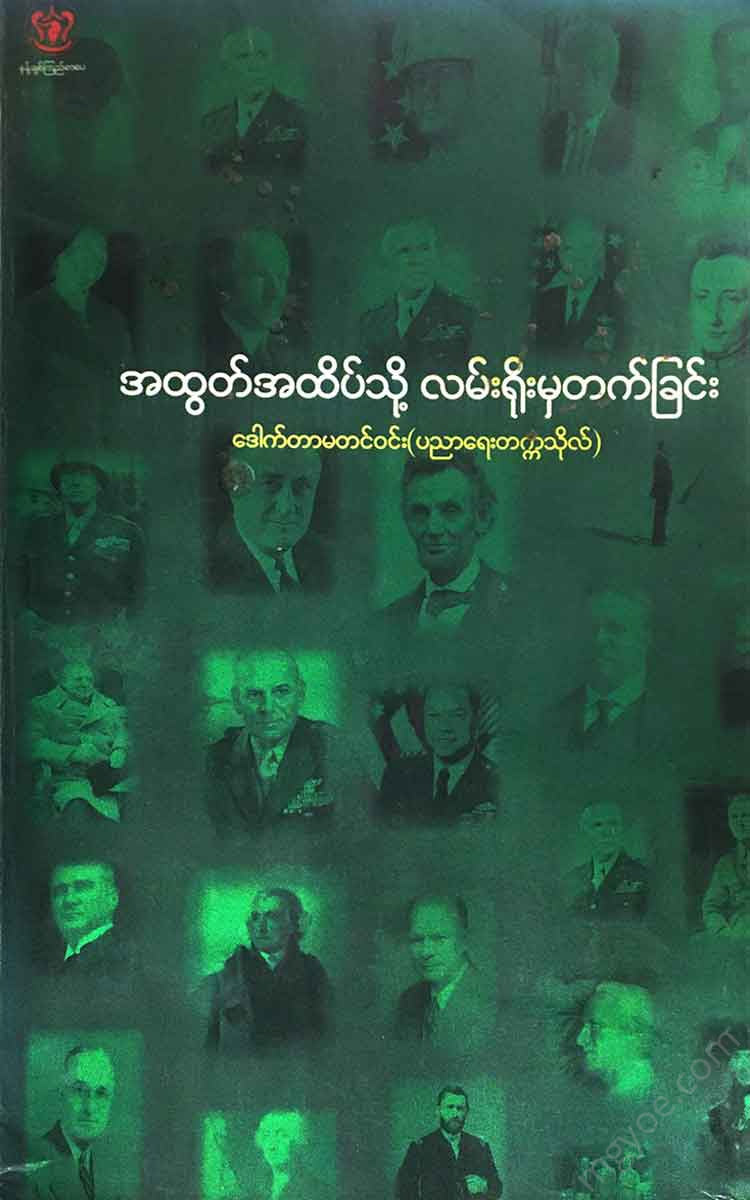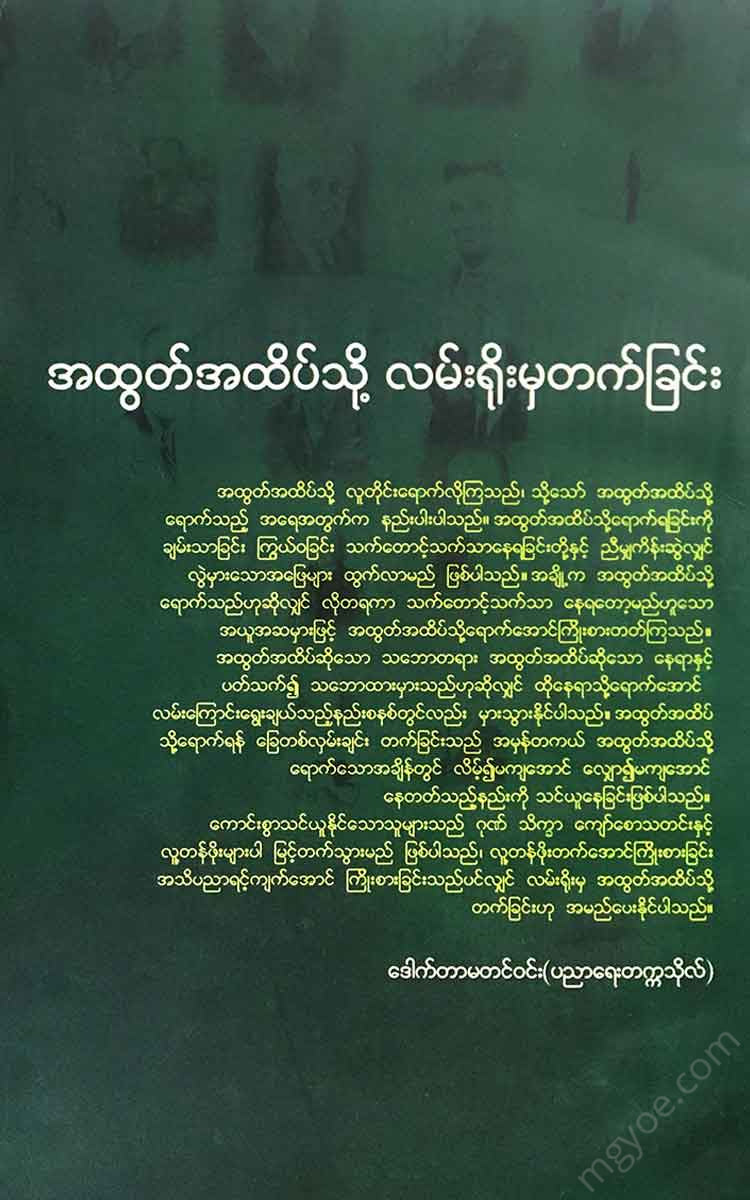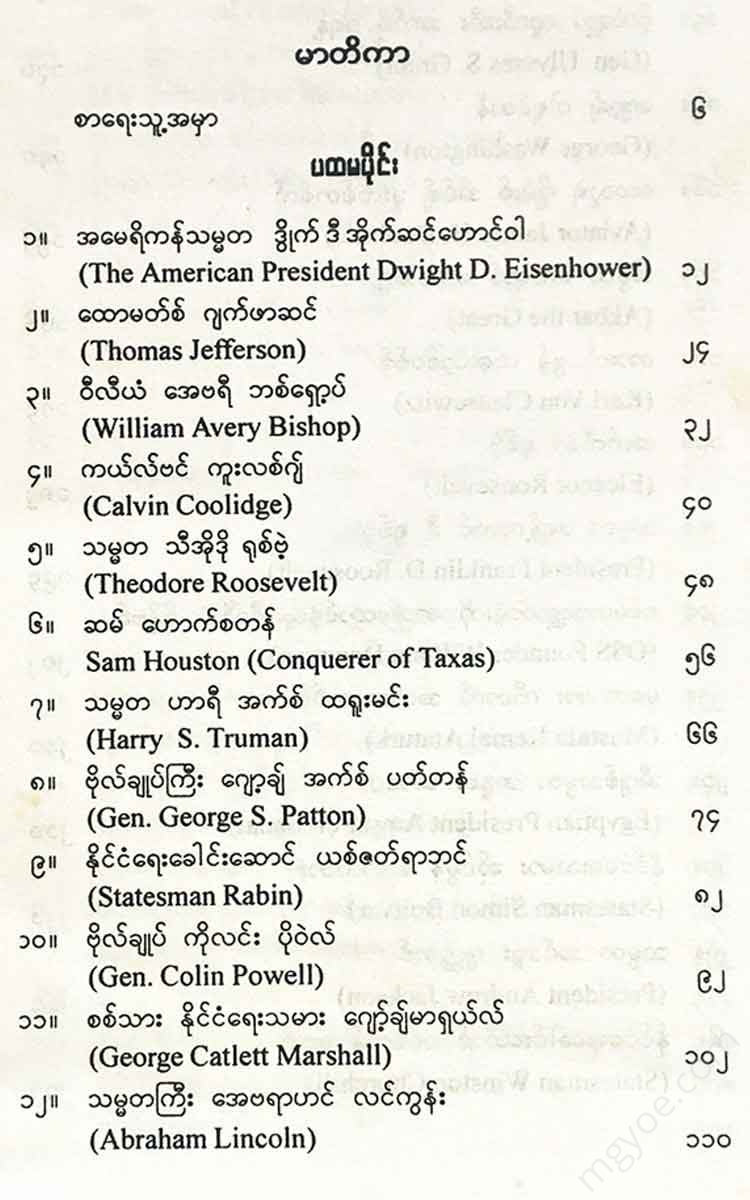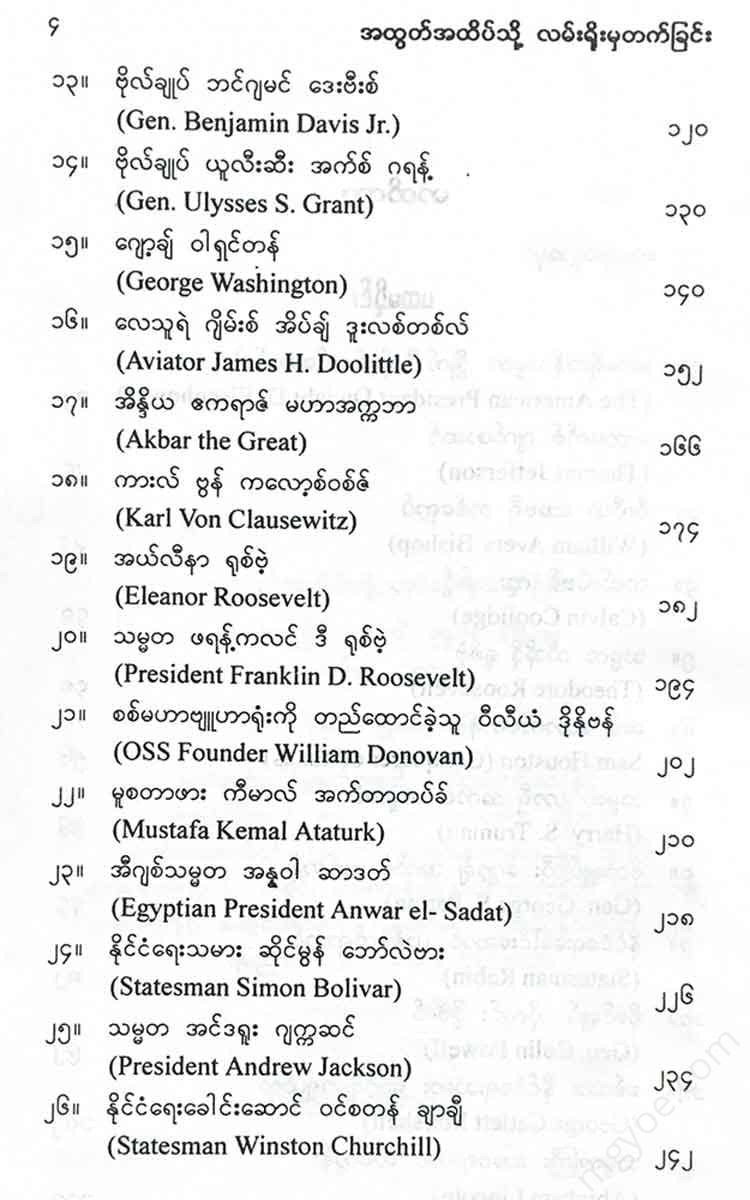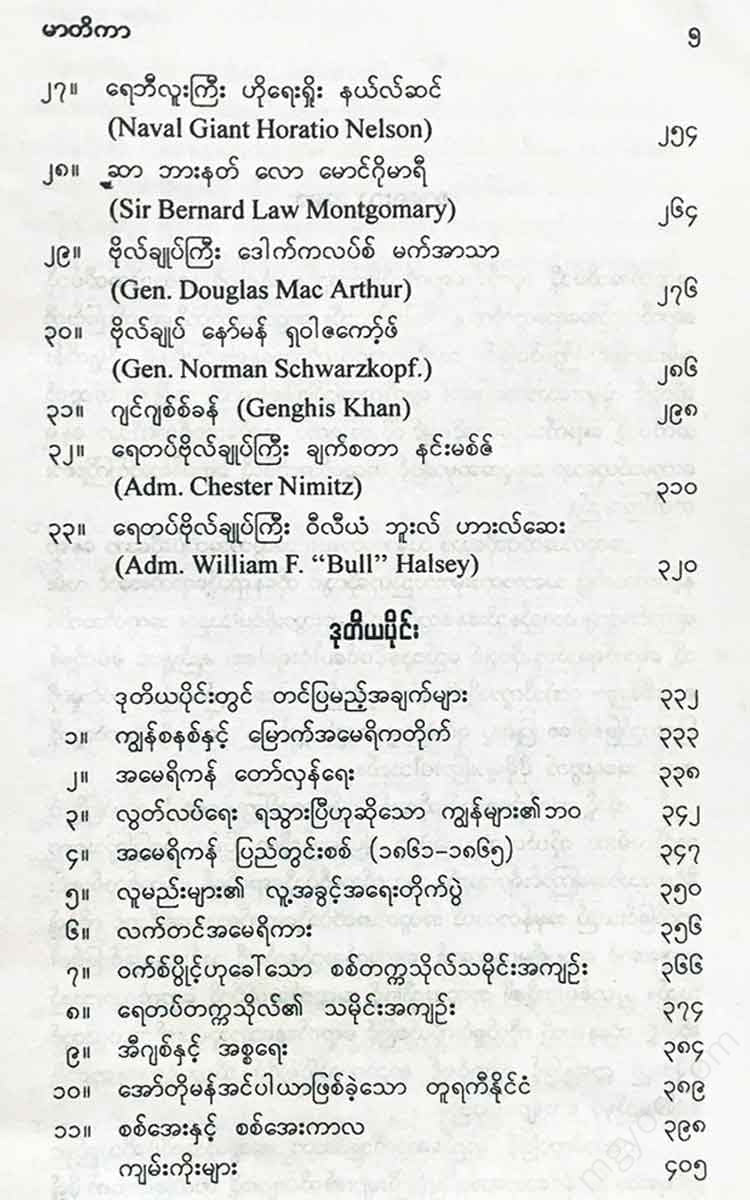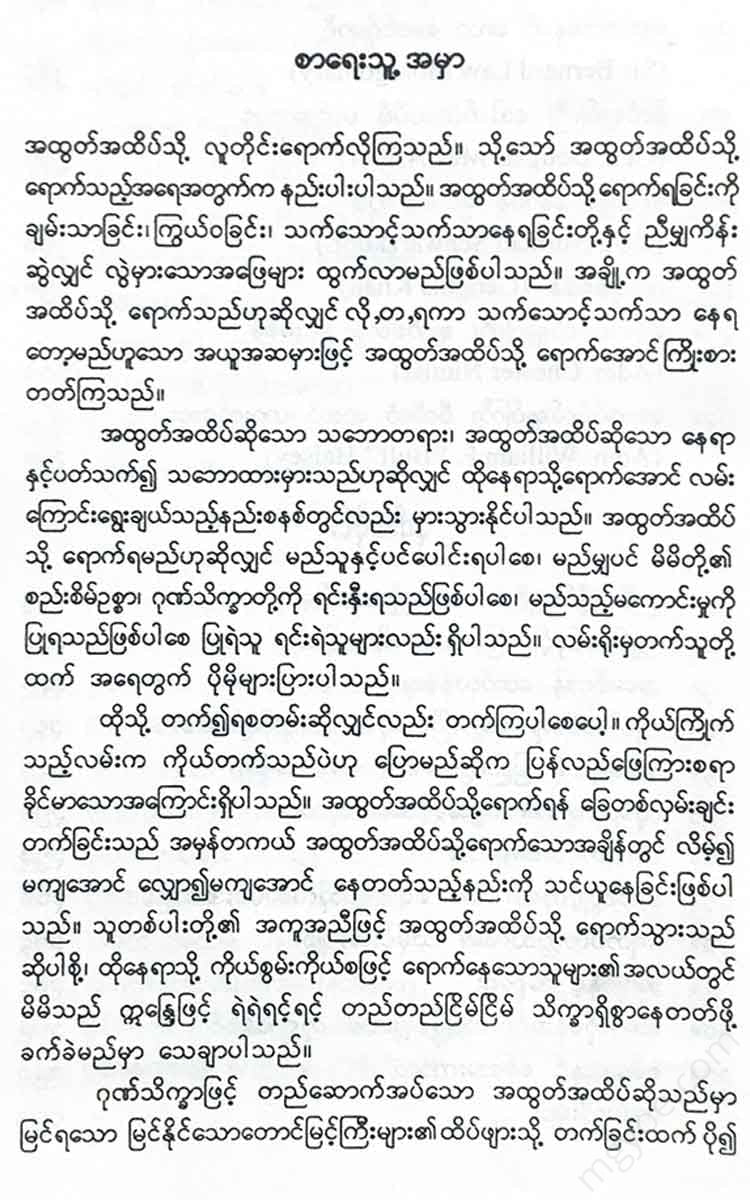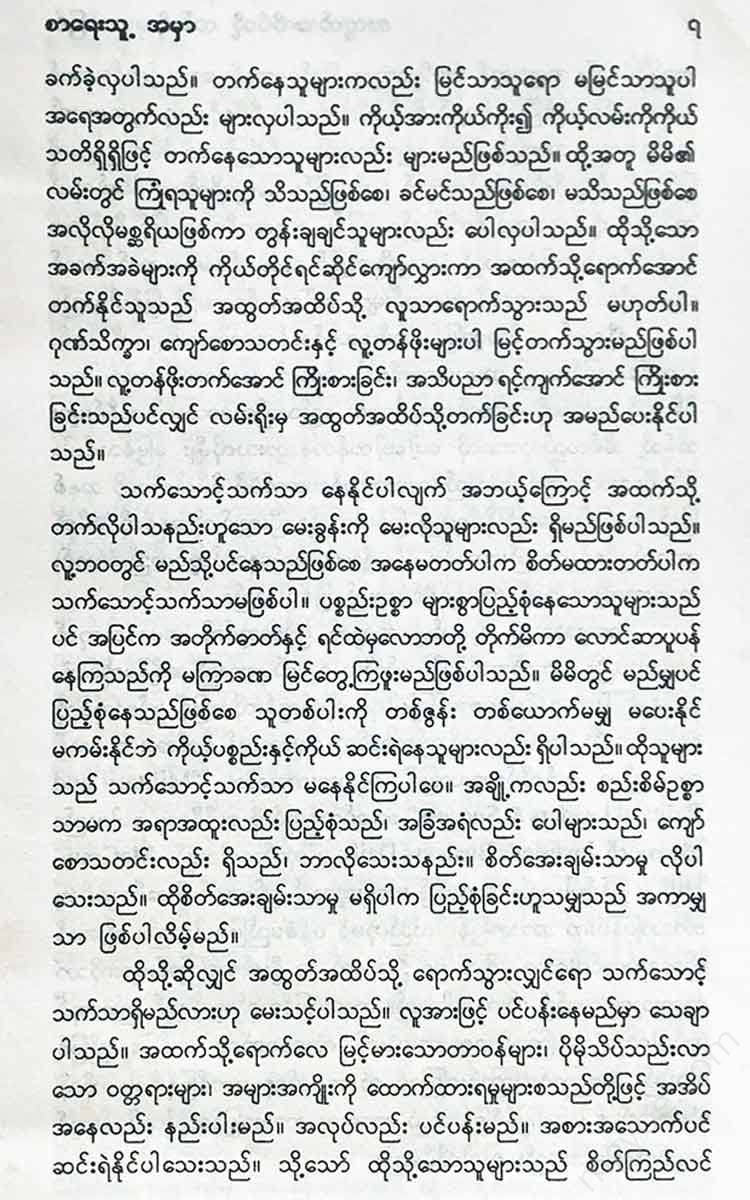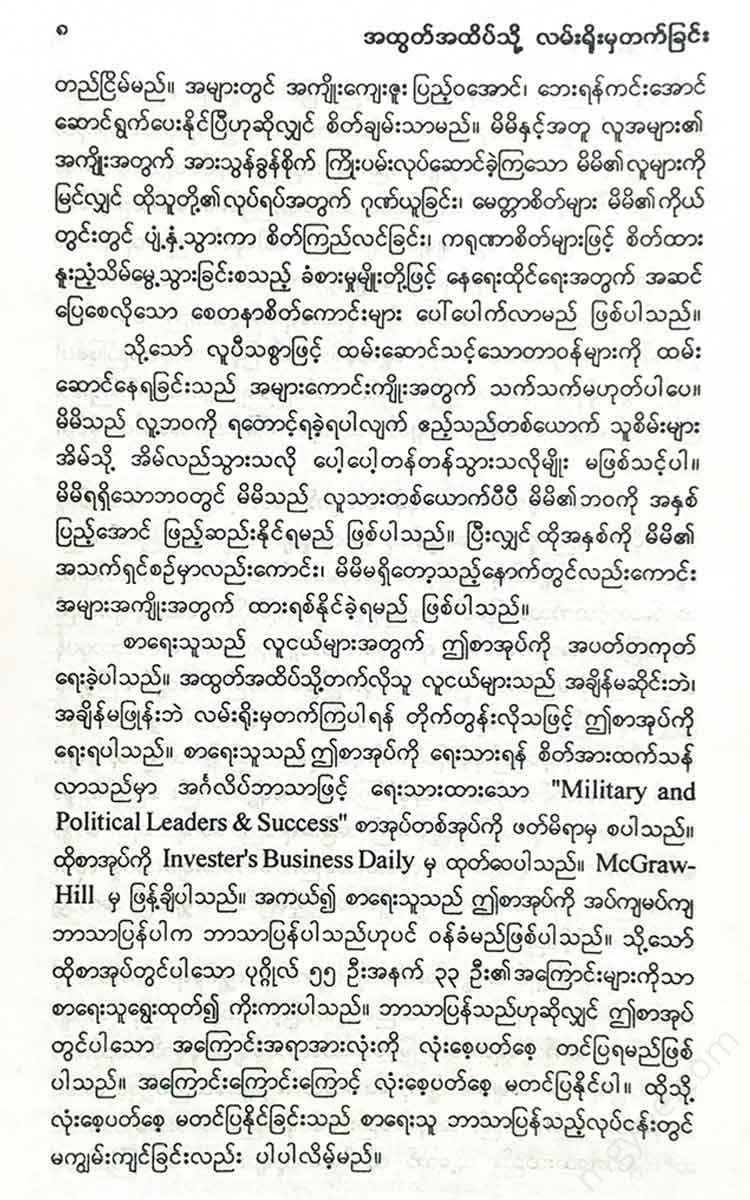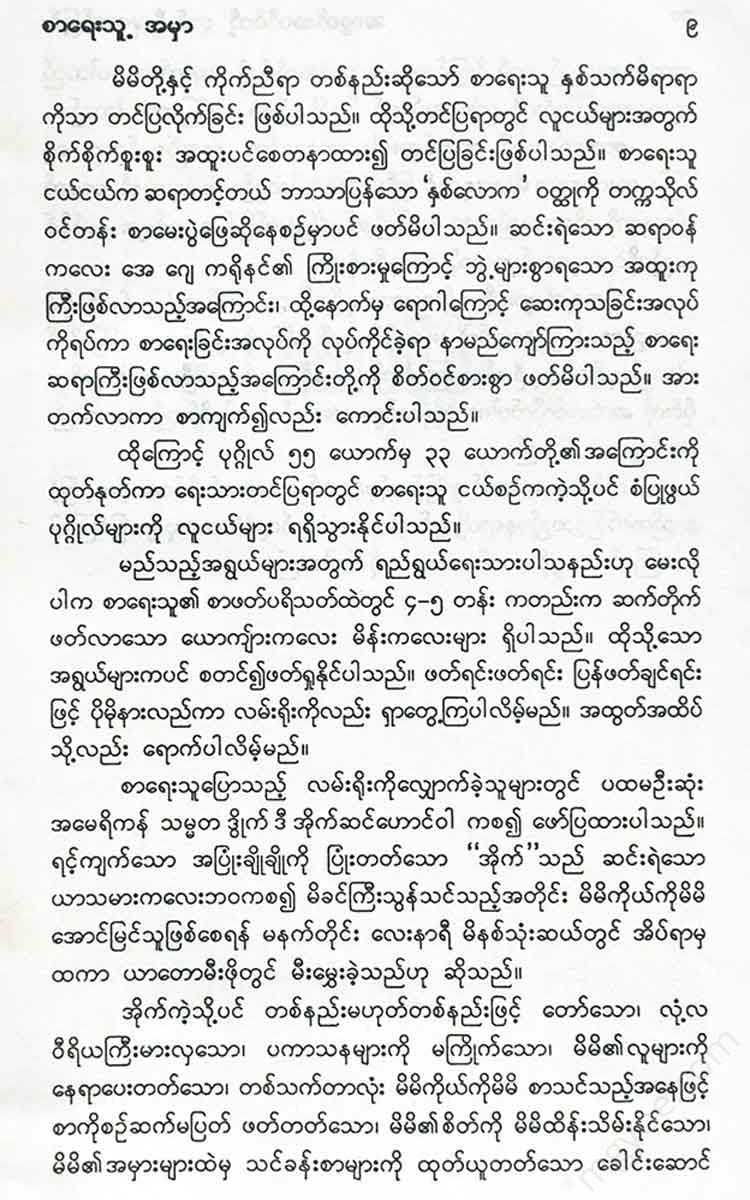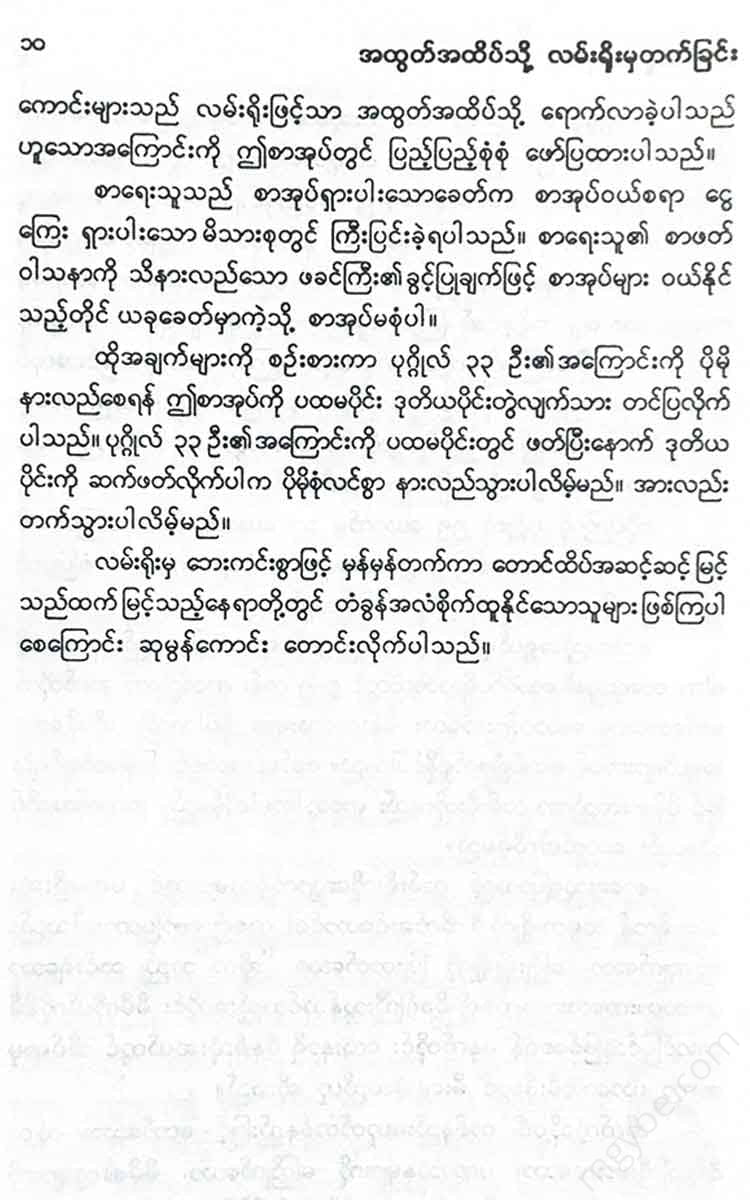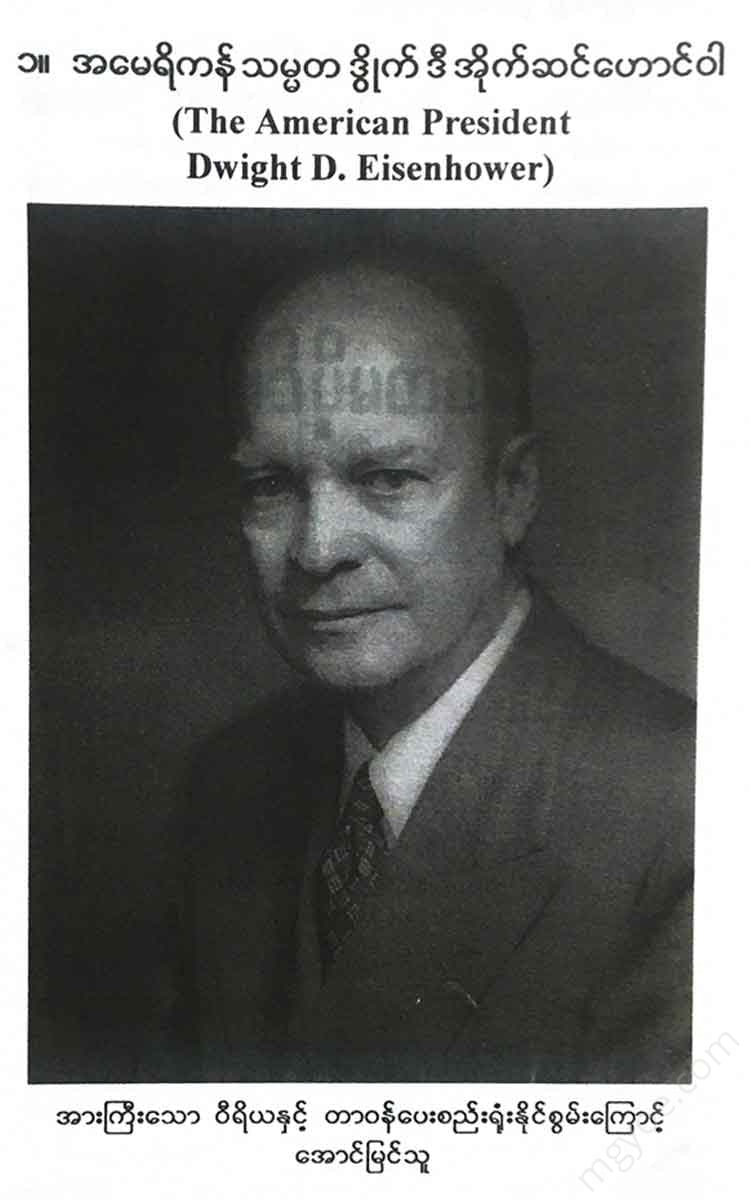Other Websites
Dr. Tin Win - Climbing from the edge to the top
Dr. Tin Win - Climbing from the edge to the top
Couldn't load pickup availability
A small envelope informed President Dwight Eisenhower, who had just arrived at the White House, that the White House needed to be overhauled from top to bottom. It was in dire need of reorganization.
In 1953, he arrived at the White House as the 34th President of the United States. Within hours of his arrival, a staff member handed him a sealed envelope. For a five-star general and the successful commander-in-chief of the Allied forces in World War II, the gesture was a profound lesson in disorganization, mismanagement, and mismanagement. Hundreds of letters arrive at the White House every day. Is the job of a leader of the free world simply to open and read letters?
“Never give me a sealed envelope,” President Eisenhower (1890-1965) told a White House staffer. “I have officers assigned to read such letters,” he added.
As the saying goes, "Don't sweat the small stuff."
Eisenhower didn't think so. The man, nicknamed Ike (lke), understood that small things can tell big stories. As a military leader, you can see the status of an entire battalion by examining just one man. The case of one envelope may have inspired Ike to overhaul the system.
This seemingly small incident demonstrates Ike's commitment to organization. He understood that good organization can produce high-quality work. That understanding was a particularly important skill for the role he played in American history.
He possessed and used that quality both when he served as President of the United States from 1953 to 1961 and when he served as Supreme Commander of the victorious Allied forces in World War II.
It was because of this quality that he was able to successfully carry out the events he was responsible for on June 6, 1944. He organized and directed the linking of 5,000 ships, 11,000 aircraft, and 150,000 men, and sent them to the D-Day battle to save the Allied countries in Europe from the Nazis.
Ike has the ability to organize his thoughts and actions. He works efficiently and effectively. In this way, he maximizes his performance.
Because he is filled with such qualities, he is confident in himself. He is confident in his plan and his troops. He is completely confident that his troops will fully implement his decision.
Making a system successful quickly and effectively
Eisenhower, a man of great integrity, diligence, and loyalty to his country, carried out his duties effectively the moment he was given the task.
After assuming the presidency in 1953, he began working in the White House. He told his staff that he wanted to spend his time solving problems that others could not solve. He divided his staff into two groups: one group of personal staff and the other group of presidential staff. This strict division of duties ensured that he did not miss any of the tasks he wanted to do. This strict division of duties became a standard practice. (Memoirs, orders, drafts of treaties, etc., were written on a single page. Other letters from members of Congress were condensed into one line to convey their meaning.)
After reading the summaries, Ike takes the time to reread the entire letter if he feels it is necessary.
To save time on the thousands of letters he would have to sign himself, he would sign them with the abbreviation (DE). To ensure that he always had an overview of government activities, Ike would present a daily summary of the forty most important government activities that had taken place the previous day.
Eisenhower said that leadership is “the art of getting someone else to do something you want done because he wants to do it.” “Leadership” Eisenhower said was “the art of getting someone else to do something you want done because he wants to do it.”
As a military leader, he is responsible for reporting the most important information that his subordinates need to know. He is then responsible for analyzing that information and making decisions. Based on that decision, Ike himself chooses the point he likes. )
In this way, he created a competition among his officers. Everyone who took on the task tried to become the best and most excellent.
As president, he used the same method of administration. As the Cold War with the Soviet Union was heating up, Ike needed to know what Soviet policy was. So Ike divided his officers into three working groups. The members studied various strategies at the same time and submitted them to their respective groups. On the appointed day, all three working groups gathered in the White House library and presented the strategies that had emerged from their studies to Ike, who was waiting for them.
Ike selected and accepted the information he liked from the presentations of all three groups. He compiled this information and used it as a basis for American policy in dealing with the Soviet Union.
Accepting criticism was an important part of Ike's planning. D-Day - British Prime Minister Winston Churchill was present at the briefing to the British before D-Day. King George VI was also present. The British Chiefs of Staff were also present.
Ike first explained what you need to know about the operation across the English Channel. He then asked the audience to comment on his explanation. “I think it is the responsibility of anyone present here who sees any flaws in the plan (that I have presented) to point out the flaws,” Ike said. “Anyone who doesn’t like criticism, no matter what level of person they are, can disagree with me. We are here to get the best possible solution,” Ike said.
Ike often asks for input when needed to solve complex problems. He warns his people not to let their input or suggestions be seen as self-serving.
Every Friday, there was a Cabinet meeting at the White House, where Ike urged his subordinates to present the best information they could for the good of the United States. He refused to listen to the demands of his officers' departments. "You are statesmen. You are not salesmen," he would say.
Reversal of thoughts
Ike had a habit he learned from General Douglas MacArthur while working with him. MacArthur would examine and criticize the ideas he had chosen, his own, and his own ideas, in an open and honest manner. He would find fault with them, and he would show interest in the ideas he liked. Using this tactic, the best ideas often emerged after intense debate. MacArthur never let anyone see what he was doing.
For Eisenhower, continuing education was the key to success. He studied the complex economy of the United States and the financial columns in newspapers. He sought advice from friends. He also learned from the successful investor Bernard Baruch. He had become very wealthy in the stock market before he was 30.
